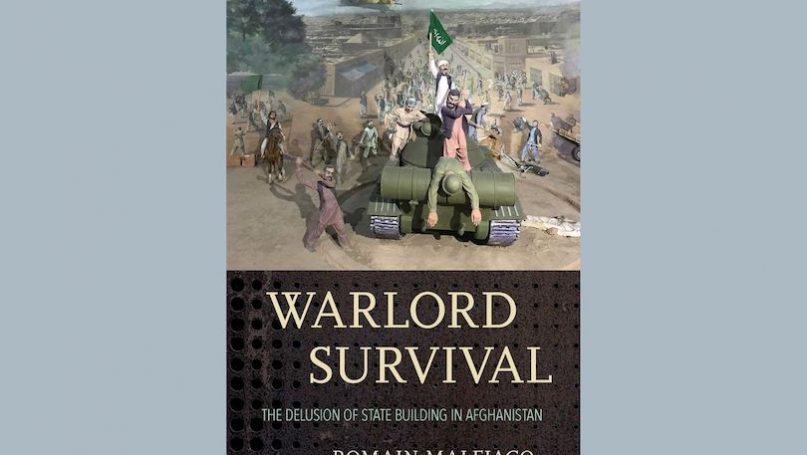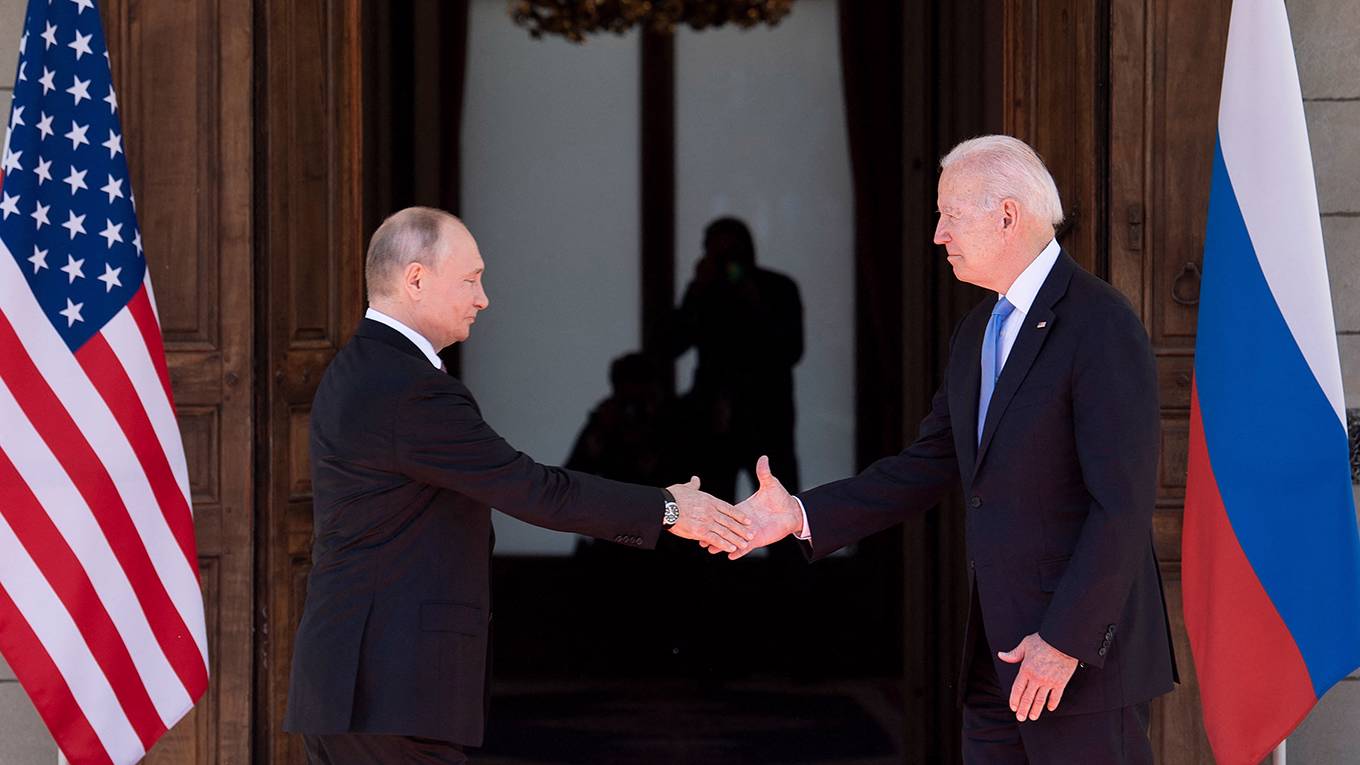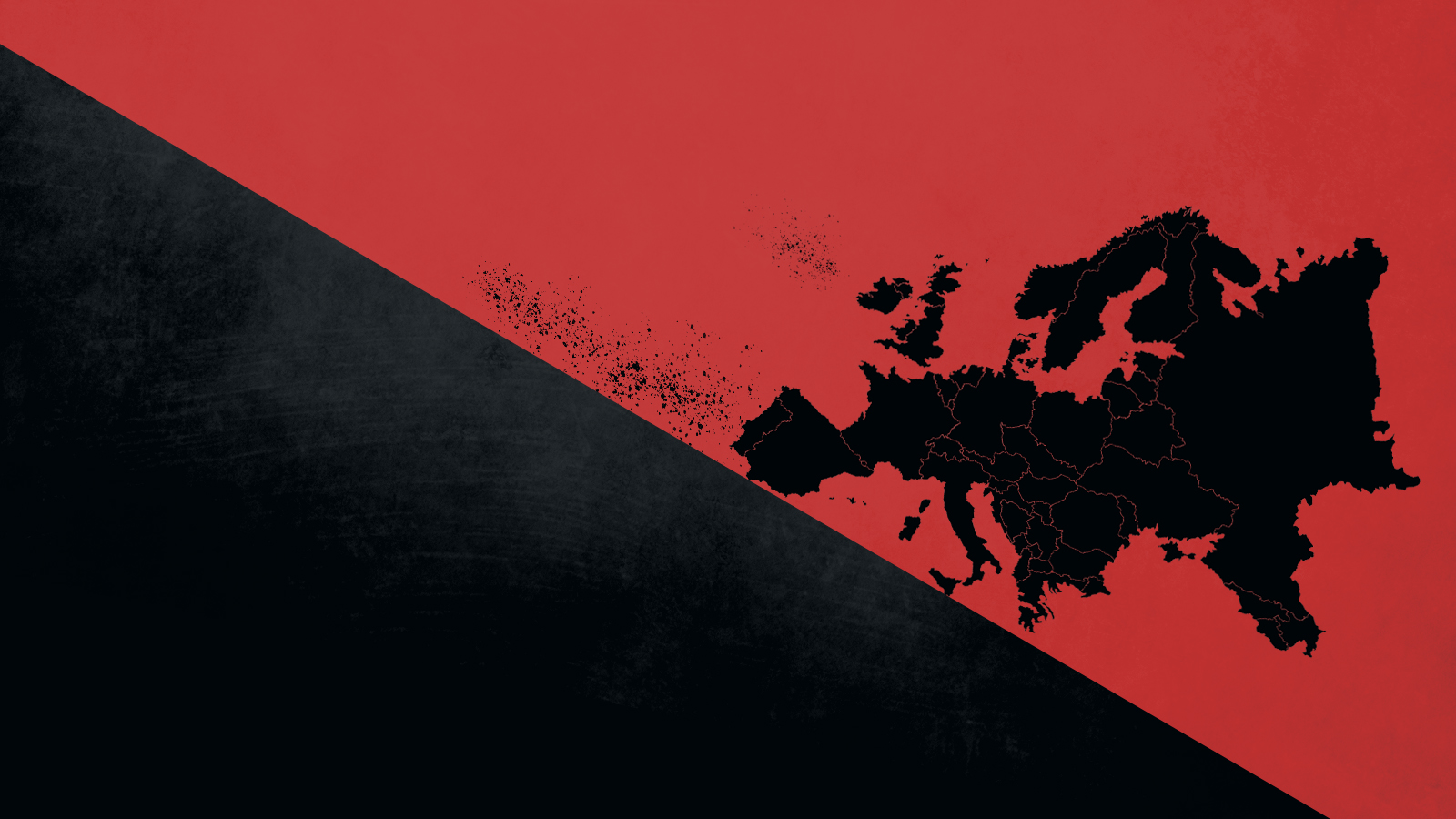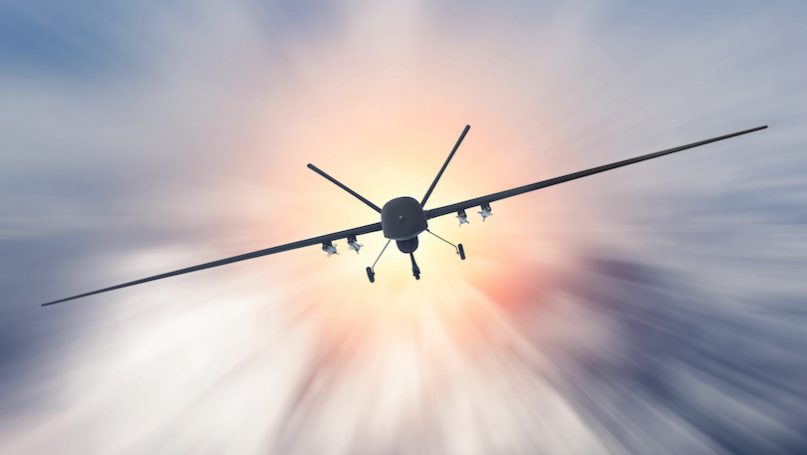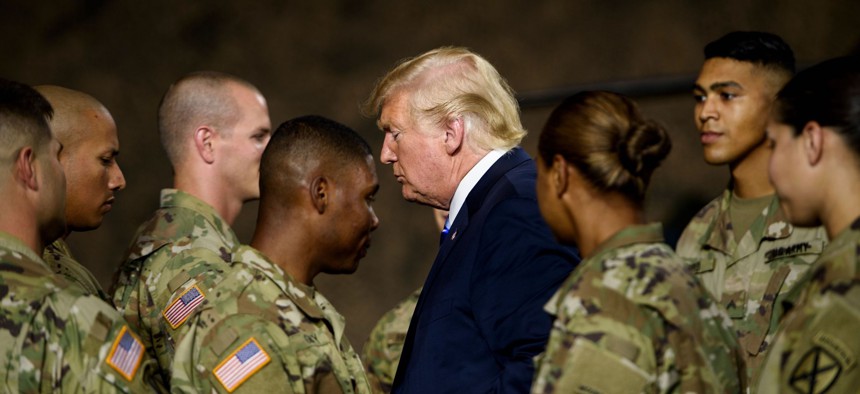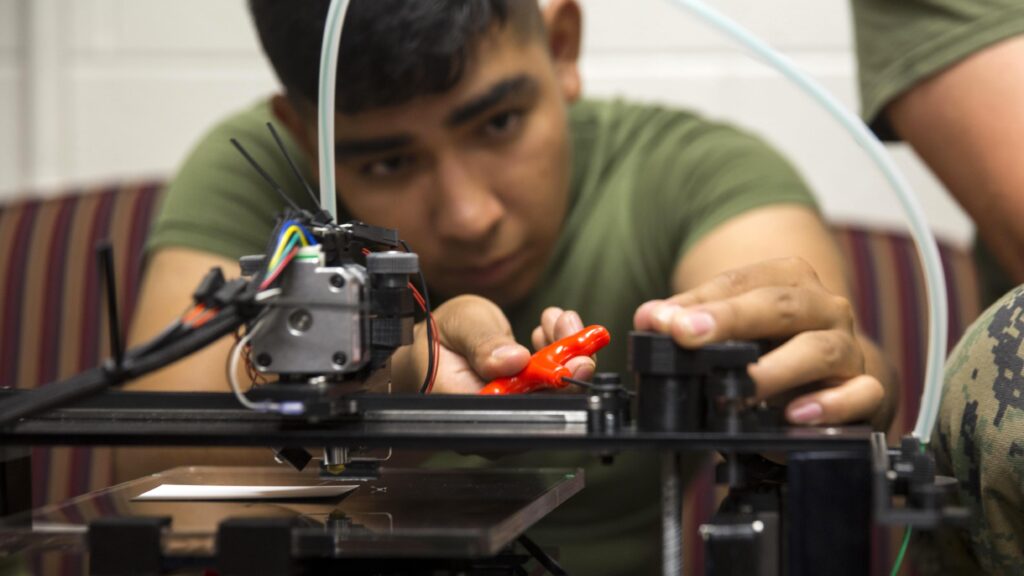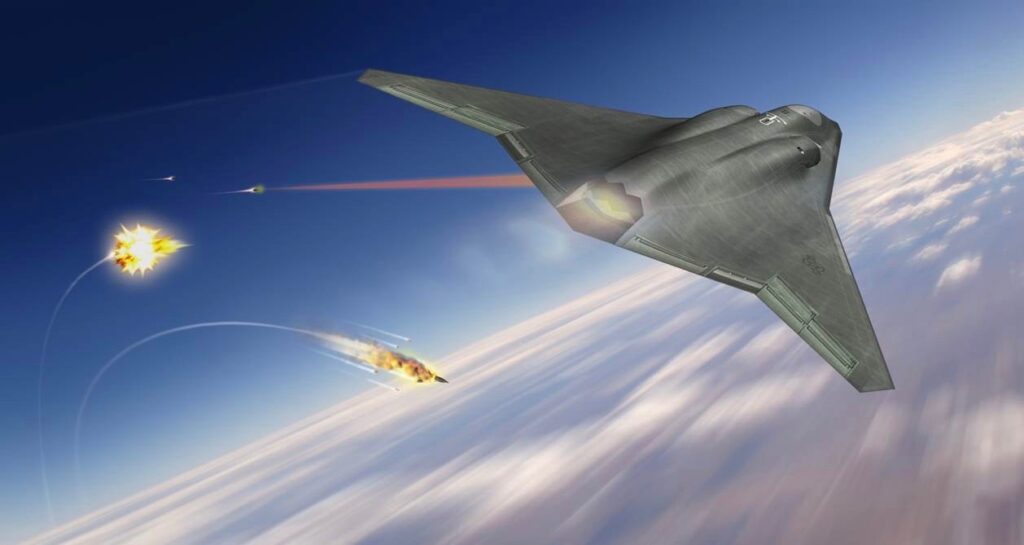Allia Bukhari
For over a year, Sabir Shah, a madrassa student, was sexually abused by an influential religious cleric in Pakistan’s populous city of Lahore. In a video spread on social media and filmed by Shah himself, Mufti Azizur Rehman – a religious leader belonging to the conservative Jamiat Ulema-e-Islam-Fazl (JUI-F) party, who confessed to his crime – could be seen involved in inappropriate acts with the victim, his student at the seminary.
The incident sent shockwaves across the country, with many citizens demanding strict punishment for the vile act. Pakistan’s Special Representative for the Prime Minister on Religious Affairs Tahir Mehmood Ashrafi even said that Rehman should be “hanged to make an example of those who sexually abuse children,” a demand that echoed the views of many Pakistanis on burgeoning cases of abuse against minors and adolescents, both male and female, within seminaries and in society.
This further revived debate on the role of madrassas as hotbeds of rape and sexual molestation and exploitation of juveniles and young adults. Recently, more old and new videos involving clerics engaged in sexual abuse, including one who is part of a Shia Ulema, have surfaced online. The on-record incidents point toward a deep-rooted problem, one that has existed for a while but been willfully overlooked by society.


